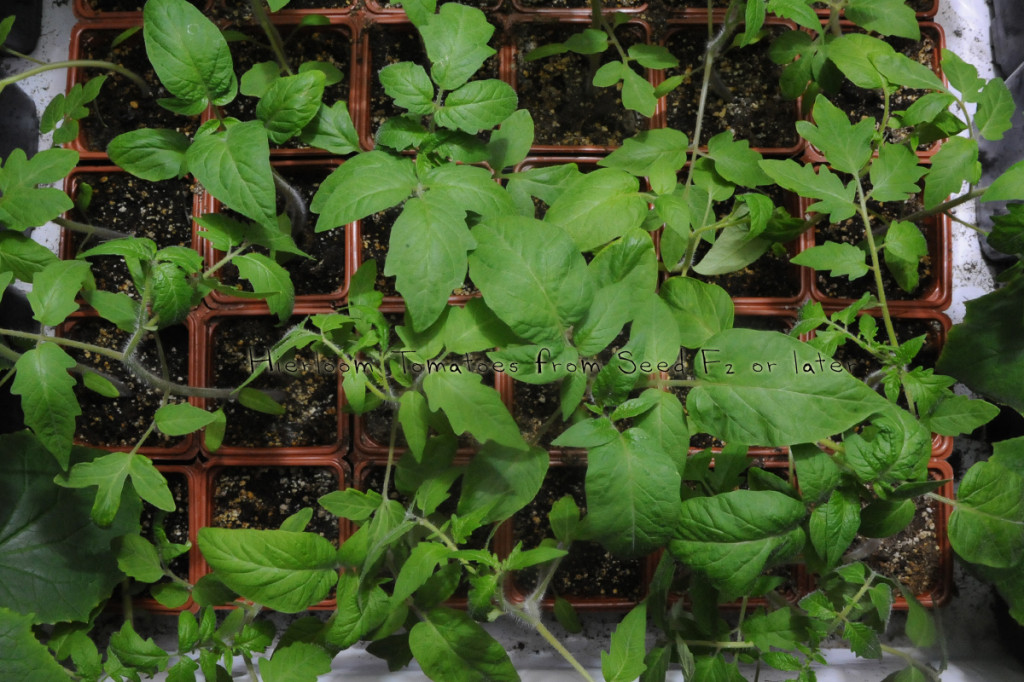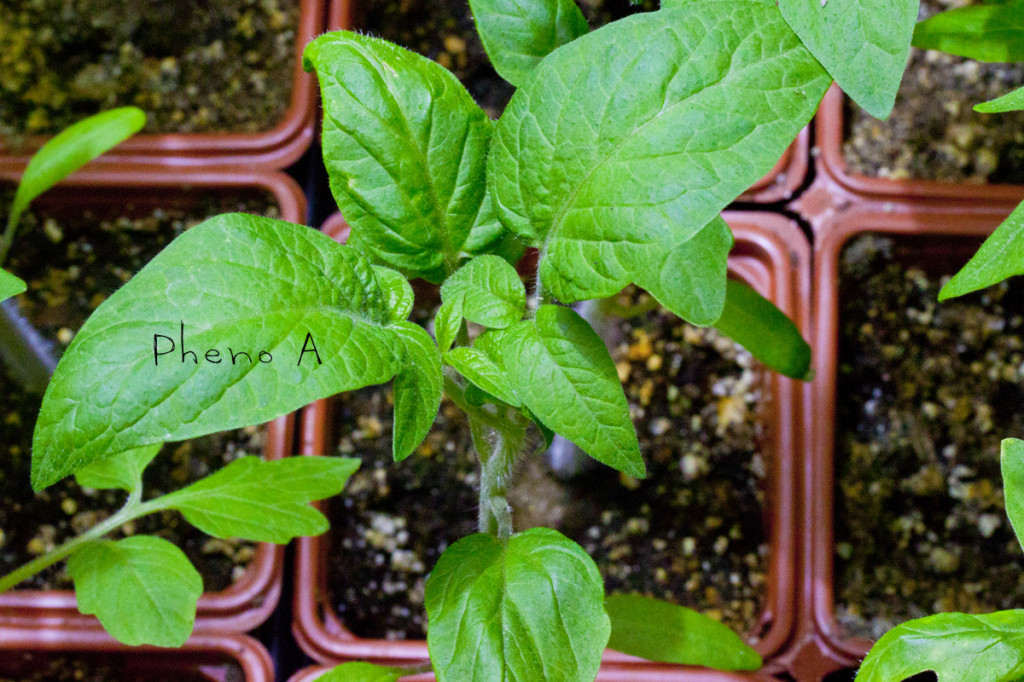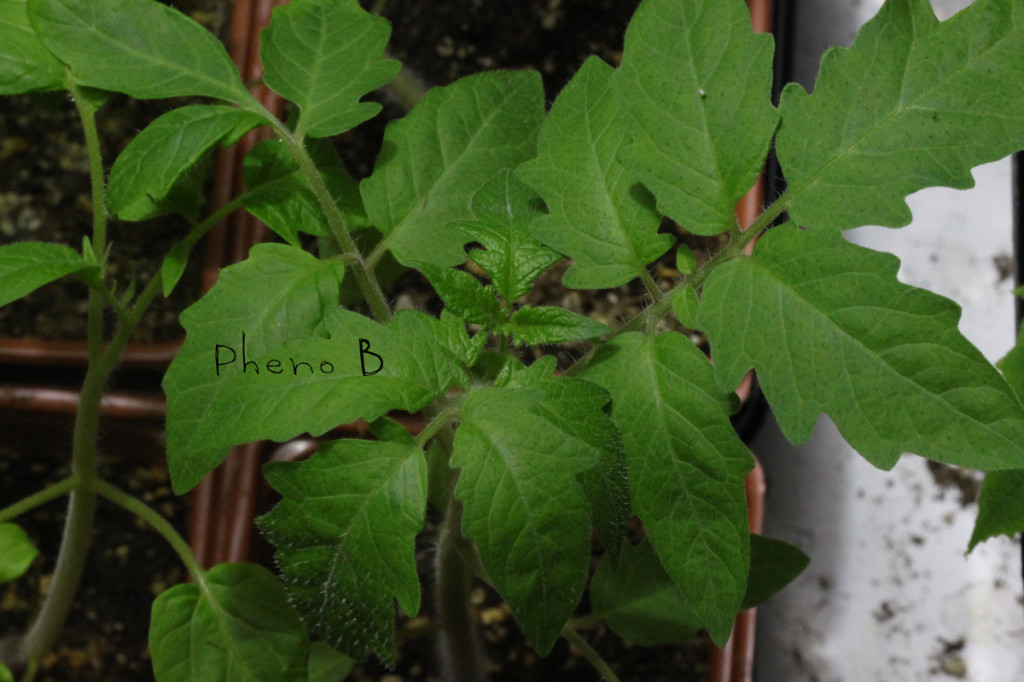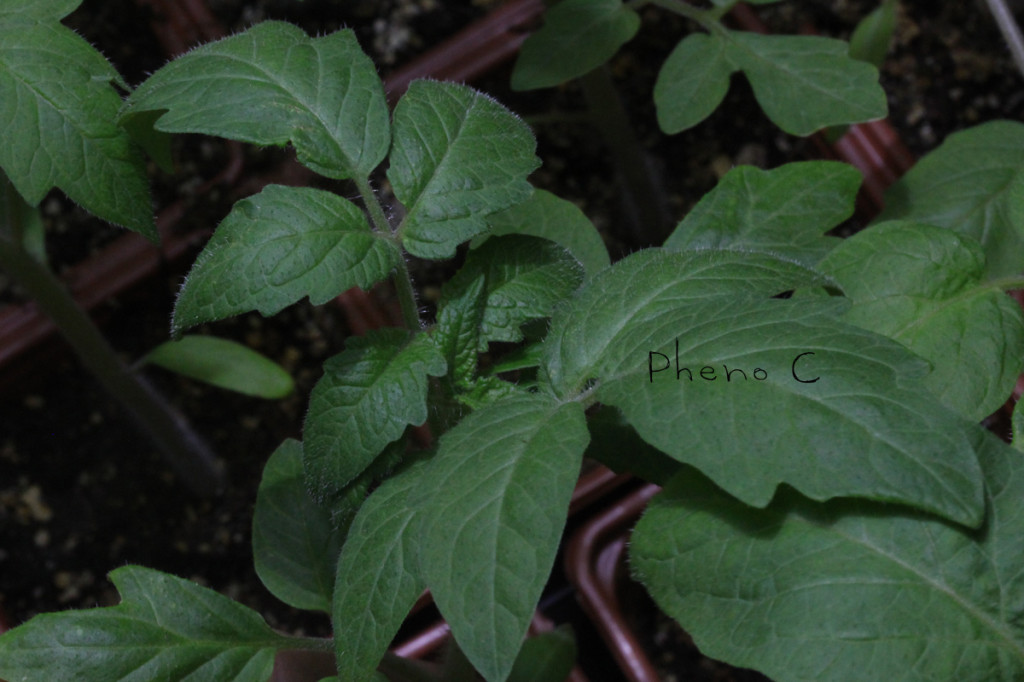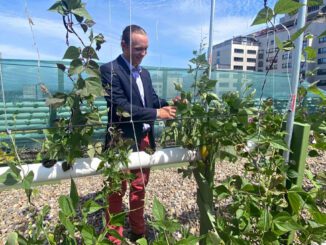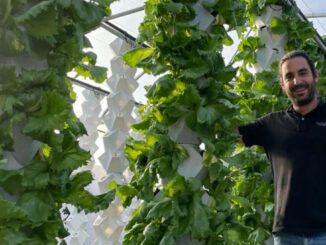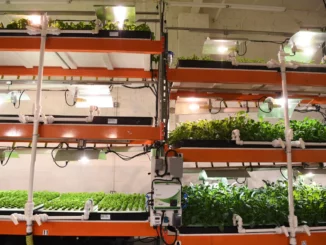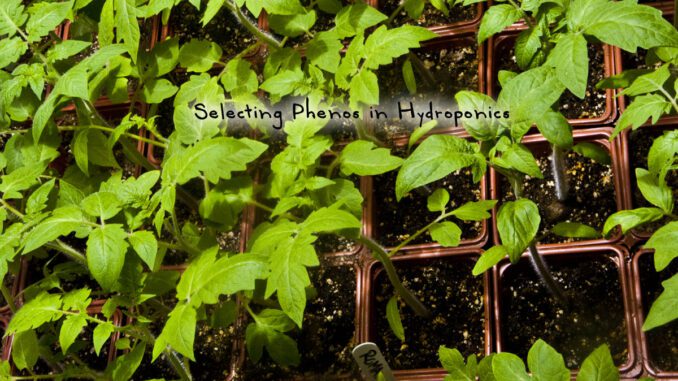
Phenotype Selection in Hydroponics Gardening
While there isn’t likely going to be a light lesson in plant breeding and genetics and how that effects your hydroponic cropping potential, indoors under grow lights, in a greenhouse or outdoors, this article will give you some easy to apply principles and tips that will make it easier to identify and select “winners” from your garden transplants and clones this season by following phenotype selection in hydroponics gardening.
Most of us realize that a lot of the way our plants will look and behave has a lot to do wit their genetics, or DNA. However, when plant genetics are recombined from crossing two different or similar plants from the same species, the outcome will have varying degrees of stability and consistency. In short, plants have the potential to look a lot like similar parents to remarkably un-similar.
The genetic make up of the plant, and how we expect it to behave or perform in our hydroponics grow or garden based on the genes it carries is what is refereed to as Genotype
The way the plant looks, is what we call a Phenotype-which can be influenced by external factors like the environment.
So WHY is this important you as a savvy hydroponic crop cultivator or outdoor gardener?
There are several good reasons, and here are just a few of them along with an example in photos of what we are talking about here.
If you start crops from F1 Hybrid Seed, which means it was the first cross of two different parent plants, there is a stronger chance that more of the plants will look and behave similar, for example in characteristics like yield, harvest date, appearance, height, etc. Usually, a cross between two opposite plants of the same species will yield offspring that are consistently in the middle on a variety of traits.
If you start your seed plants from F2 or later crosses, you are quite likely to encounter a wider variety of physical differences (Phenotypes or “Phenos”) in the offspring. Hierloom seed varieties, like the ones featured in the photos we are using as an example of phenotypes typically fit this description.
If you start your tomato seeds, for example, and you see that they all look very similar, the plants were most likely the result of an F1 Hybrid cross-when you see a lot of variation, it’s likely an F2 or greater.
Wait a sec, don’t “poo-poo” those F2s!
That’s where most of the the clone-only super stars we cultivate today are selected from-F2 or greater crosses. When F1 plants are selected from a separate male and female plant (dioecious), and crossed back into one another an F2 is created. In doing so the plant’s gene pools are cracked wide open-the more seeds you start the wider the variety you will see. Some plants may look and behave nothing like th original F1s you started with!
When you have this wide a variety that started from winning genetics and select for the qualities and growth habits you desire, you can “lock” a special plant that you can name and call your own to clone for years and years—just be sure to share with fellow gardeners in case your parental stock has some kind of mishap.
In our photo example we started a pack of Heirloom tomato seeds-in a tray of Eighteen Transplants that we started from seed and raised under a grow light, we could spot at least THREE DIFFERENT PHENOTYPES-just from the growth patterns and leaf appearance. These all came from the same cross!
On a side note, we checked in with some of our gardening buddies to see if any of these distinct varieties, especially the “Potato Leaf Pheno” of tomato we started from the heirloom seeds reminded them of any plants they have grown or could recognize so we would know what to expect in terms of height, feeding strengths or other special considerations any smart gardener would like to know.
It did not take long for several people to recognize some of the distinctive features and draw some potential conclusions as to the Phenotypes we were seeing and offer some helpful tips for better growing success.
Later this season, we will come back (with a little luck) and let you know if that Potato Pheno turns out to be what gardeners often call a Brandywine variety.
Want to learn more about starting garden transplants with hydroponics or grow lights?
Hydroponic Seedlings
Growing Transplants

